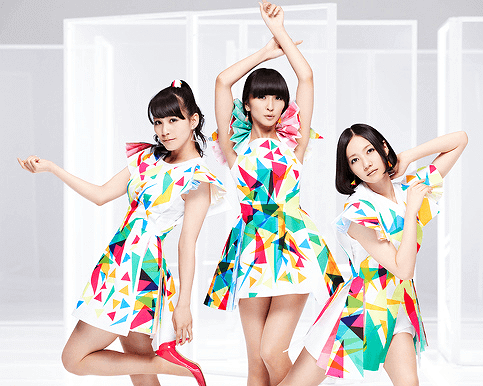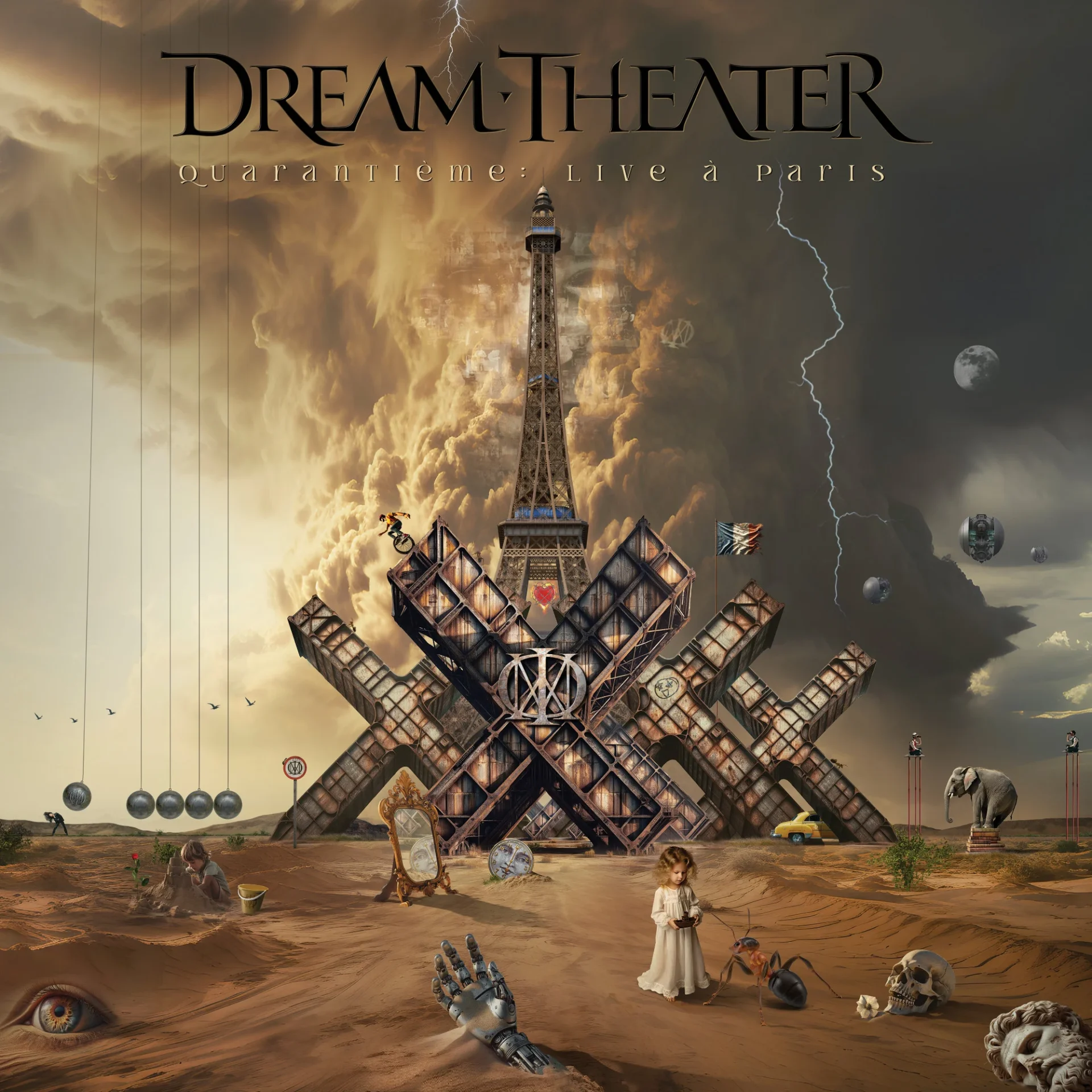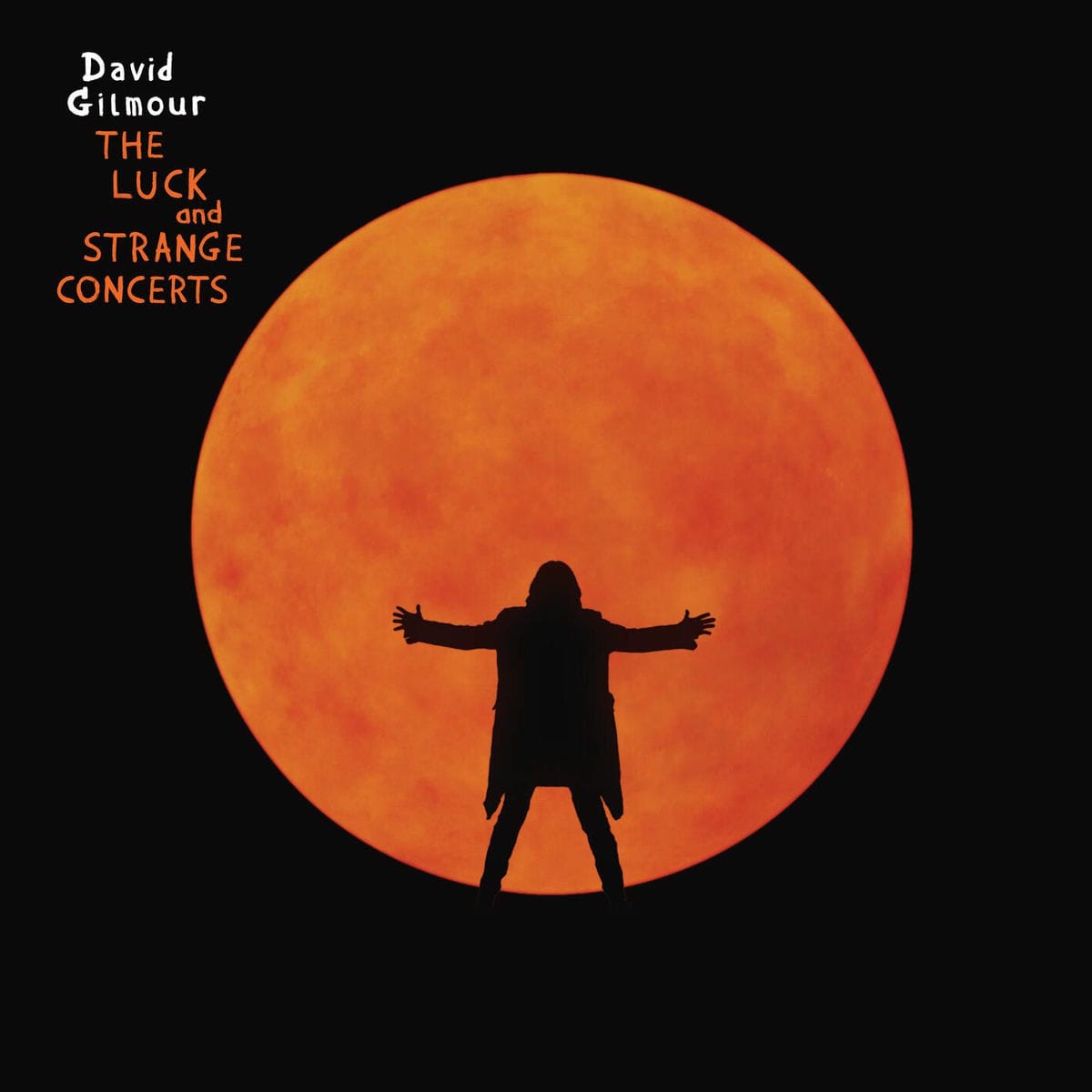I love listening to all types of music, but one type very dear to me is J-Pop. J-Pop stands for “Japanese Pop.”
“Why bother to make this kind of distinction to the term?” someone might ask, as in the end is pop music. Why not simply call it pop? Is it because the lyrics are in Japanese?
I think it’s much more than the fact that J-Pop is sung, for the most part, in Japanese, or that it’s made in Japan, for that matter. J-Pop, (and its counterpart, J-Rock, which is not that different to J-Pop, really), have become their own style of music. You can consider them a subdivision of their own general musical genre, just like synth-pop or prog-rock are a subdivision of pop and rock, respectively. So taking this into consideration, what is J-Pop, then?
Defining any type of music can be somewhat difficult, as there might be many different variations across any particular genre’s artists and their music. But I will mention some specific aspects that I personally think characterizes J-Pop, (and J-Rock,) which are some of the things I enjoy the most.
(J-Pop and J-Rock are not that different. I love and listen to a lot of J-Rock too, and to be fair, their distinction is a bit blurry. J-Pop is more synth and pop based, and J-Rock more guitar and rock based, but the general aspects I will describe could be applied to both styles.)
1. The arrangements: This is one of the aspects that I really love. If you listen carefully, you’ll notice that J-Pop songs tend to be filled with many different layers of sounds through and through, apart from the main harmony. Some of those sounds are barely hearable. Sometimes you might need to listen to a J-Pop song a lot of times before you even notice them.
Someone might take this for granted, but composing those kinds of arrangements is not easy. It’s the work of masterful Japanese composers that take the time and careful planning for placing the sounds, so that they complement each other and the song doesn’t become a mess.
I think one of the reasons that this particular aspect was developed is that J-Pop songs have been used a lot as the opening songs for anime shows, (in an abridged form.) Imagine listening to the same song over and over every time you watched an anime episode. If those opening songs didn’t include these types of different sounds in their arrangements, the listener might get bored pretty fast. So I think composers made the songs that way deliberately to try to keep things fresh and exciting for the viewer of those shows every time they see the opening, but it ended up becoming an integral part of the J-Pop sound
2. It’s in Japanese: well, of course this contributes to the overall sound of J-Pop. Japanese language has its own particular sound and diction, and it lends it to J-Pop music. For me this might not be the defining factor for the J-Pop style (there’s J-Pop songs in English, too,) but it’s one of its most common elements.
It’s interesting to note that, commonly, J-Pop songs incorporate words or phrases in English in between their Japanese lyrics. This is a nice touch, as it gives western listeners a clue on what the lyrics are about, and something they can easily understand, sing, or identify with. These “English moments,” usually happen at the very end of parts or phrases, or during moments of drama or emphasis in the song.
3. The Vocal melodies: J-Pop songs rely heavily on long and cool vocal melodies, and for me that is one of its greatest aspects.
Also, it’s a bit hard to describe, but J-Pop vocal melodies tend to be of a very specific type. I like to call them “angular melodies,” because that is the feeling and impression that they give me. The notes in those melodies jump up and and down in a very quick way, almost as if you were listening to some weird modern bubble-gum Bach piece. (I think that the sound of the Japanese language probably contributes to that “angular” effect, too.)
If you ever listened to J-Pop you probably know what I mean. If not, I suggest you listen to some songs to get an idea. Again, those great melodies are the work of awesome composers dedicated to their craft, putting the time and effort to create them, and not some random thing.
4. Fast tempo: J-Pop music typically has a faster beat than western pop. I remember someone describing J-Pop jokingly as if you were listening to a record in fast forward. This quick beat, on top of everything else that is happening in a J-Pop song, can make for a very intense and dense listening experience. Someone asked me the other day to change the J-Pop music we were listening to while riding in my car, as it was giving him a headache. That made me laugh. I totally get what he meant.
I think this fast beat is also a consequence of J-Pop songs being used for openings in Anime Shows. You need to have very fast songs to be able to cram as many song parts as possible during the 1 minute and 30 seconds commonly allotted time for the opening.
5. It has some “Video Gamey” synth sound elements: J-pop and Video Game Music share some of its aesthetic. This might be the result of J-Pop being made partly to appeal to a Video Game audience. Or maybe, as Japan is one of the biggest producers of Video Games in the world, that kind of sound is already part of its national collective musical mind. Those reasons might be valid, but it’s probably also because J-Pop artists and composers grew up playing videogames and love videogame music, and it’s only natural for them to incorporate those types of sounds in their compositions. It’s a repeating cycle.
I grew up playing Video Games, and love Video Game Music, so that kind of aesthetic and sound personally appeals a lot to me.
All in all, Both J-Pop and J-Rock music can make for a fun and engaging listening experience. Songs from both sub-genres are still widely used for the opening and closing songs in Anime shows, and even in TV and internet commercials in Japan.






